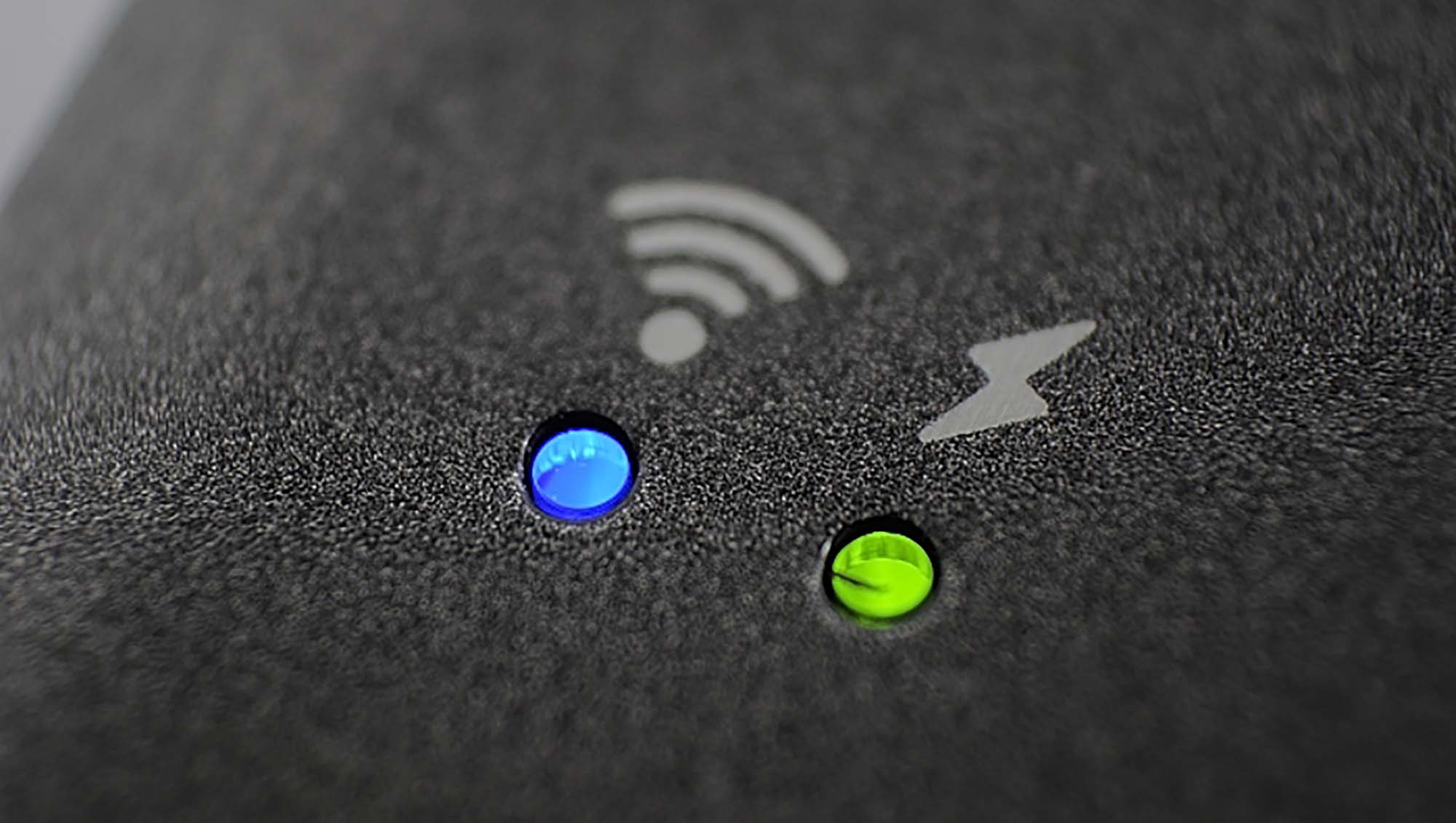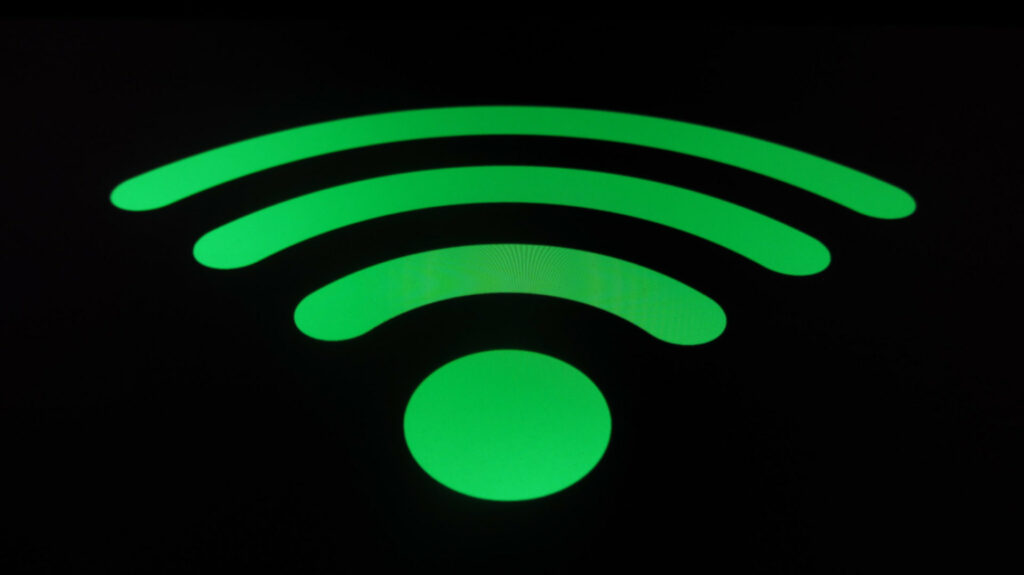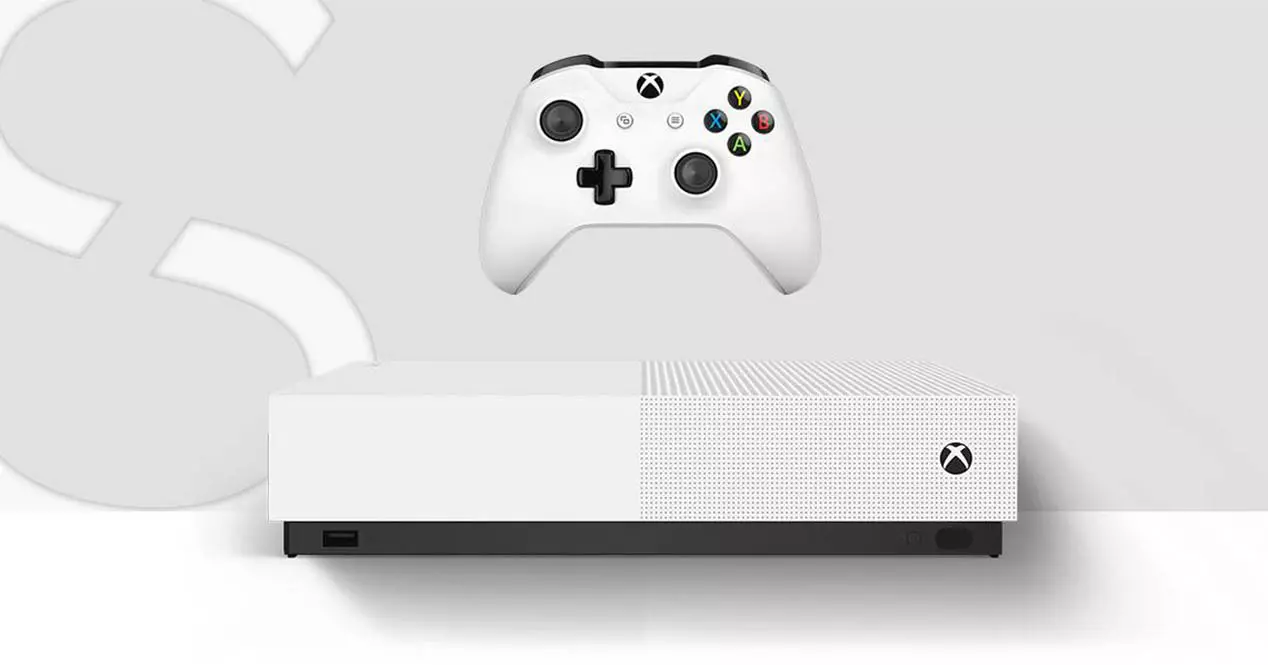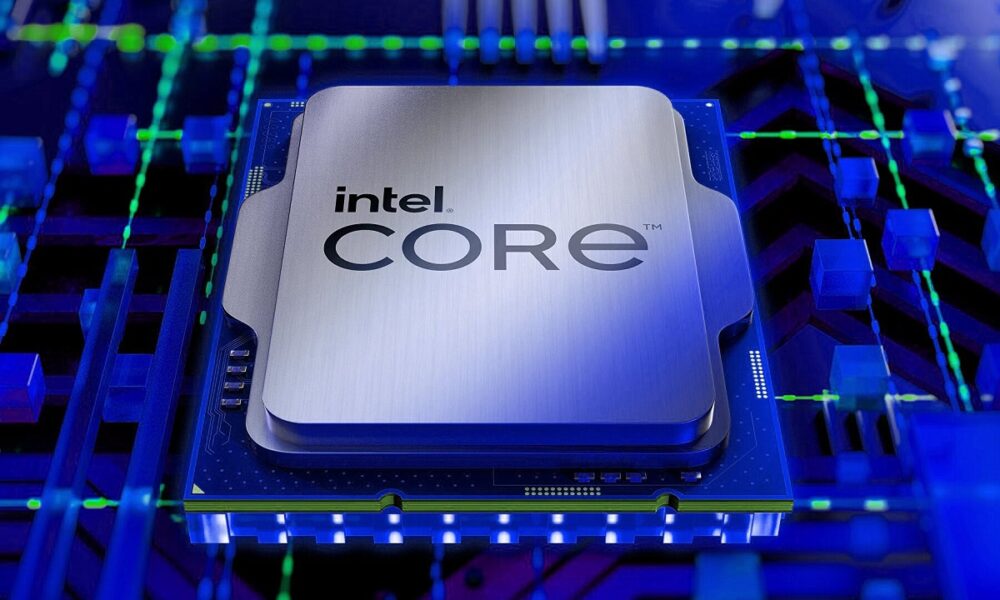
At the bend of a point of step evoking the next update of Windows 10, Microsoft announces that the level of security of Wi-Fi will be raised thanks to the support of the standard WPA3 H2E.
While there is a lot of talk about Windows 11, since Microsoft has devoted a lot of time to it lately, the software giant does not forget to take care of its current operating system. Thus, the American company mentioned in a blog post published on July 15 the future evolutions of Windows 10 with the update 21H2, the release of which is expected by the end of the year 2021.
The list of changes planned in Windows 10 with the 21H2 update is not very long, but there is nevertheless a change that will participate in raising the level of security of Wi-Fi networks. support for WPA3 H2E standards to strengthen the security of wireless communications using this protocol, decrypts Microsoft.

An evolution of WP3 against certain attacks
For those who are not very familiar with computer acronyms, you should know that WPA3 (which stands for Wi-Fi Protected Access 3) actually designates a new standard which brings a series of cryptographic improvements intended to prevent the development of certain computer attacks. WPA3 was certified in 2018 and is intended to gradually replace WPA2, which was certified in… 2004.
” WPA3 Adds New Features to Simplify Wi-Fi Security, Provide Stronger Authentication, and Bring Increased Cryptographic Strength », Explained the Wi-Fi Alliance at the time. He is less exposed to brute force attacks, that is, by trying all combinations. It also restricts offline interactions and supports longer session keys.

WPA3 also takes persistent privacy into account. This is a cryptographic property that has the effect of preventing a malicious third party from accessing past communications even if they discover the decryption key. This way, even if encrypted communications have been recorded previously, they will remain inaccessible, even if the key has been exposed.
H2E (acronym for Hash-to-Element) is a variation of WP3. Its role is to better counter certain attacks by side channel – as the Wi-Fi Alliance explains in its documentation -, but also to limit the risks for those which could be detected in the future, indicates Bleeping Computer. Indeed, even if WP3 constitutes a leap forward in terms of security, vulnerabilities exist.
Auxiliary channel attacks have been in the spotlight in recent years. They were widely mentioned during the discovery of the Specter and Meltdown flaws, which affect processors designed by Intel, AMD and ARM, by targeting speculative computing, that is, operations carried out in advance. They can be of various types and occur at different levels – including, therefore, in Wi-Fi.



